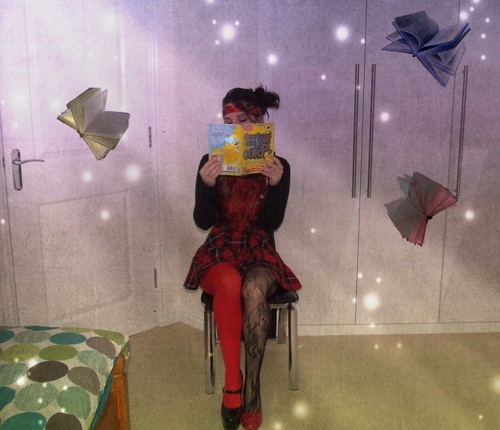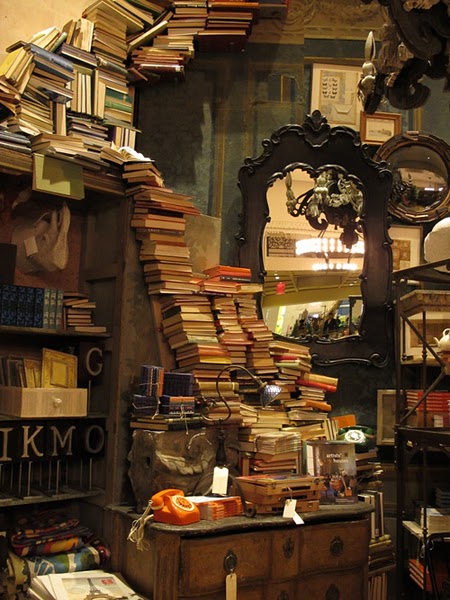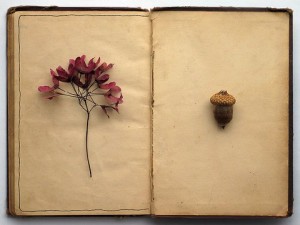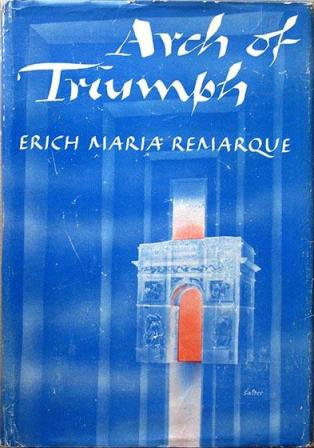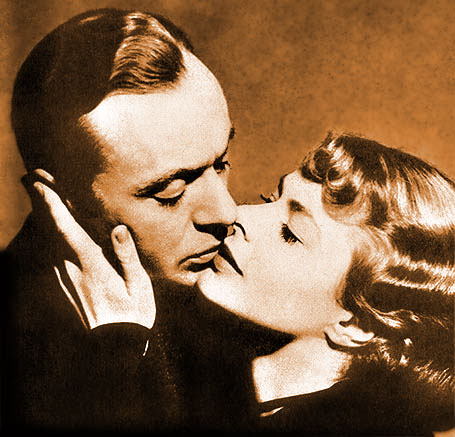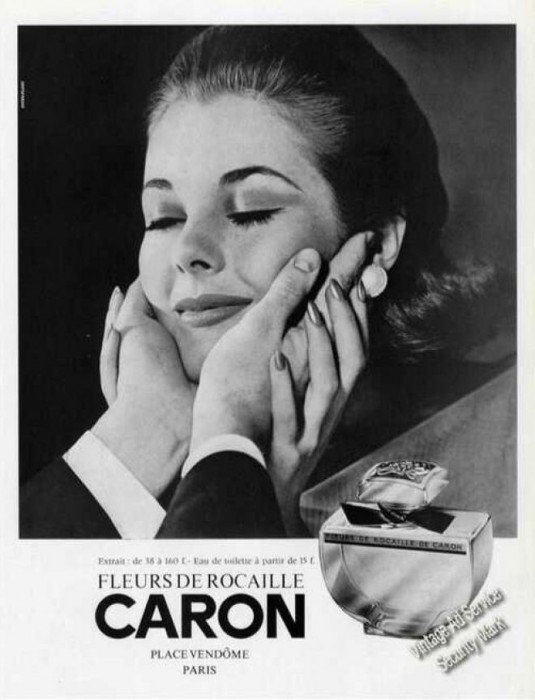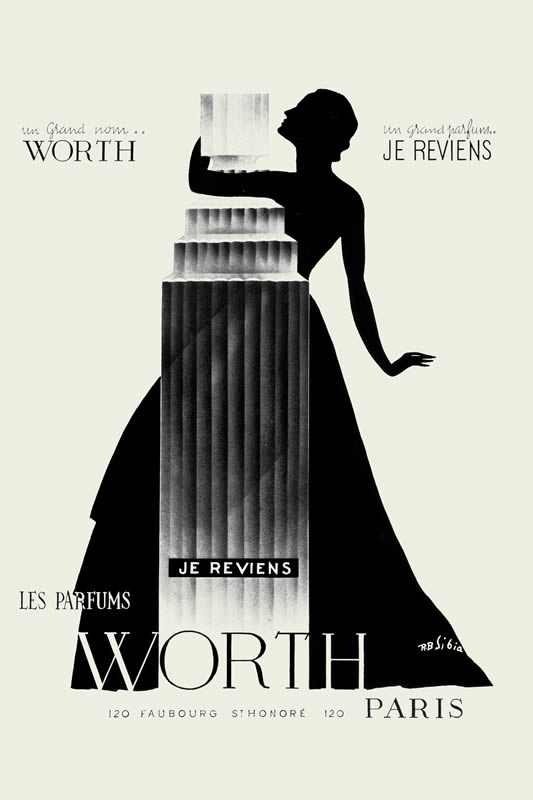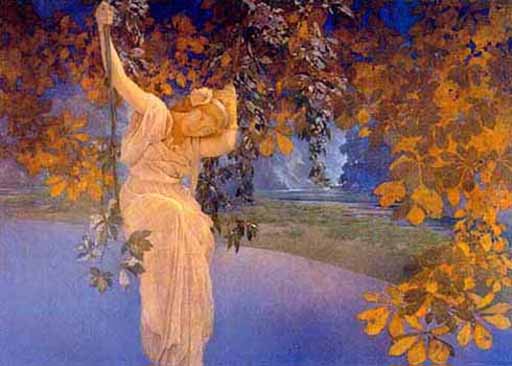There, I said it: I am a reader for life, I have all characteristics of one. Got so many books I cannot get by in my own house? Check. Feel the need to start organizing the books of my kindle because they span out of control as well? Check. An account on Goodreads? Got one. Have a ritual of starting reading a book? Check. Sign the front page? Check. Spent the entire night reading and closed the last page of the book at sunrise? Check. (I was fifteen and on vacation).
I also had pretty little notebooks for copying down the favorite quotes from the books I’ve read. I usually kept them at home, but at times I carried them around with me, and I still remember how me and my high school girlfriend met after being for about a year in college. We briefly caught up on everyone’s news and boyfriends, and then pulled out the quotes notebooks. We exchanged them and devoured each other’s favorite quotes. I made it to something familiar and exclaimed, “Oh, you read Three Comrades this Summer!” She did. And was so impressed that she read everything by Erich Maria Remarque she could lay her hands on. Her next read was Arch of Triumph, and I haven’t read that one at the time. I did after meeting her.
In her notebook after she was done from copying the quotes from each book, she’ll write, “The Love has triumphed”, or, more often, “The Death has triumphed”. As teenagers we were obsessed with life and death, with love and death, and perhaps we approached every book as the one that may give us the answers we were seeking. We did not savor the details, searching for a big picture, big answers to the big questions, comparable in their grandeurs with the Arch of Triumph itself.
The book is set in 1939 in Paris, during a tumultuous time in Europe. The main hero, Ravic, is a refugee from Nazi Germany, a displaced person without a passport, and he is under a constant threat of being found out and deported back. We know his profession from the very first pages of the book, but we find out his real name only in the last pages. Ravic meets Joan Madou when she has nowhere to go, he falls in love with her when she turns herself to him, and he leaves her when she finds many places to go yet insists on seeing him anyway. For her, it does not matter. What matters is she wants to have her own apartment in which “one feels in such a different way. Not like in those sordid hotel rooms” and she wants to have Ravic. For her, it all works out perfectly, but for him it does not. He lets her show him her apartment with the gramophone player which lets her “just lie there, listen and dream in the twilight”, with her wardrobe that had expanded quite a bit since he saw it last, and the bottles of perfume on the dressing table. As she speaks, Ravic wants to throw one of the bottles at her.
But which one? Which bottles could there be on Joan’s dressing table? The author never tells, and the possibilities for fantasizing about it are almost endless! She couldn’t have a perfume produced after 1939, and that’s about it. I thought about at least two perfumes which could have been on her table – Fleurs de Rocaille by Caron (1934) and Worth, Je reviens (1932).
Soon after Ravic resisted the urge to throw her bottle of perfume at her, the theme of coming back came up. “When you came to me that night, I thought that you came back. The past did not interest me. You came back and it was enough. But I was mistaken. You did not come back”, he said, “but you came without coming back.” And yet she kept coming back, and their whole relationships was marked by more than one coming back. Je Reviens, I will come back…
One thing that truly infuriated Ravic as Joan was showing him her apartment was that she kept side by side in her liquor cabinet calvados for him, a mint liqueur for another lover, and cognac, perhaps for more generic occasions. We will never know what was her own favorite drink. But I dare to say that through many rereads of this book I inhabited the heroine so much that I can say which perfume she wore when no one was around.
Fleurs de Rocaille, a light cheerful start of bubbly, slightly lemony aldehydes. Aldehydes are often compared to Champagne, but there is a variety among many kinds of aldehydic molecules. To me, only the ones in Fleurs de Rocaille are truly reminiscent of champagne. A light veil of flowers comes next. This fragrance does not make a statement, does not call for drama, it is a companion. One can sit and watch the flowers in the rock garden with the same dreamy attitude as Joan’s listening to the music in the twilight. The Fleurs de Rocaille’s drydown makes me think of a woman who slept in a flower garden on a warm balmy Summer day. It is a smell of the skin with the hint of crushed flowers. I had never been surprised that this perfume was featured in A Scent of A Woman movie. With that drydown it makes a lot of sense.
I have never heard anyone calling Fleurs de Rocaille perfect, but it is incredibly alive. After all, as Remarque says, “Life did not intend to make us perfect. Whoever is perfect belongs in a museum.” They have never been perfect – but they all belong to the museum now, the vintage perfumes, the posters, as well as the men and women of that bygone era, their struggles, their hopes, their lives.
–Olga Rowe, Contributor

